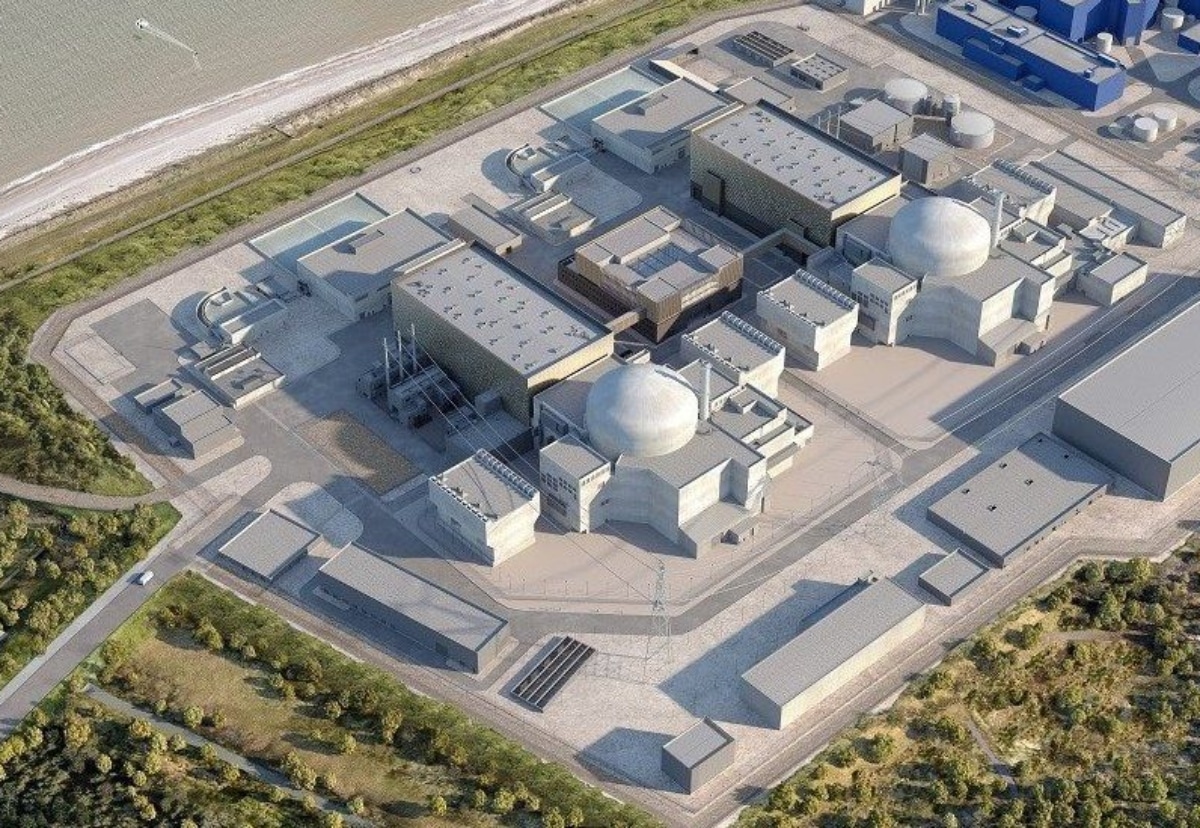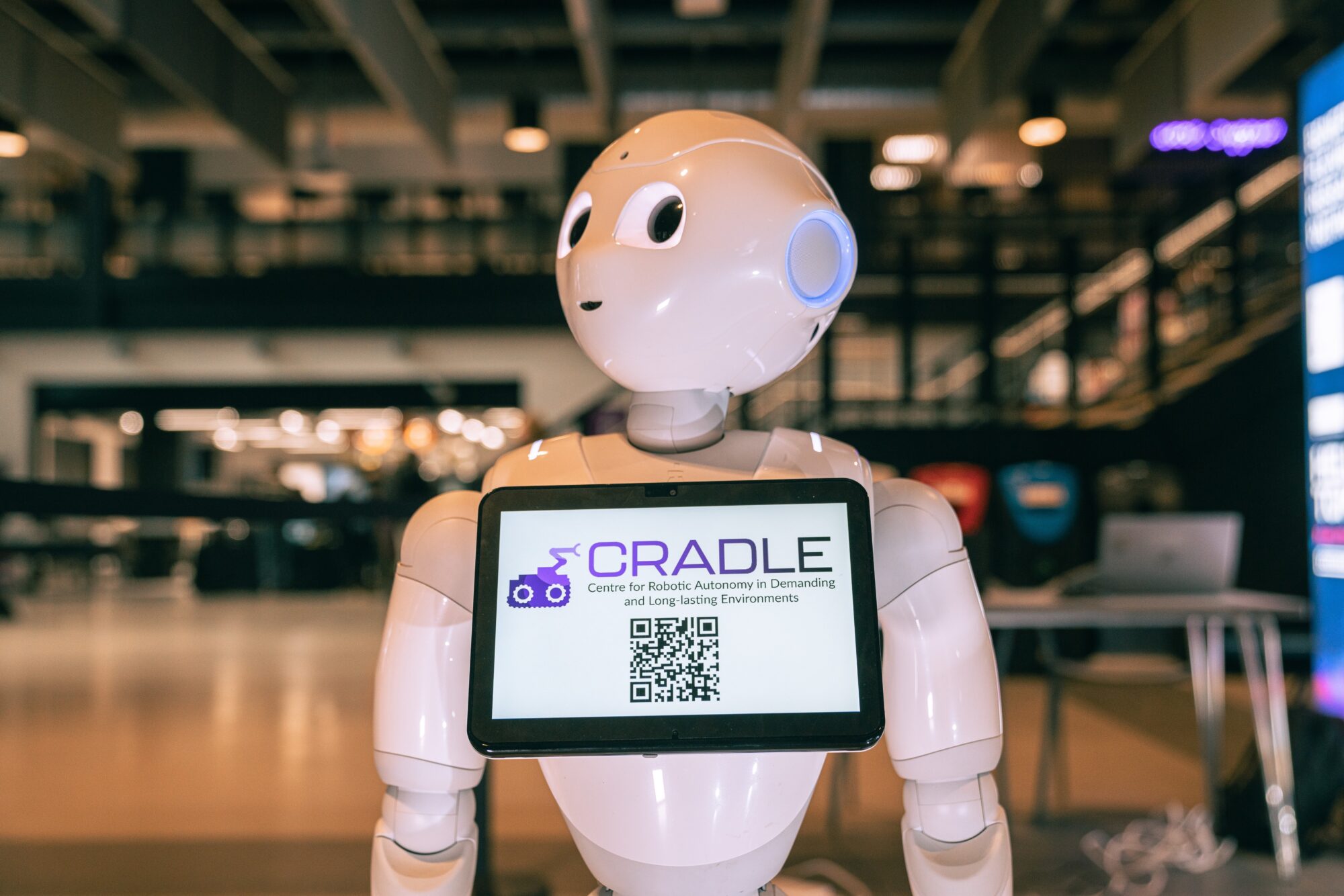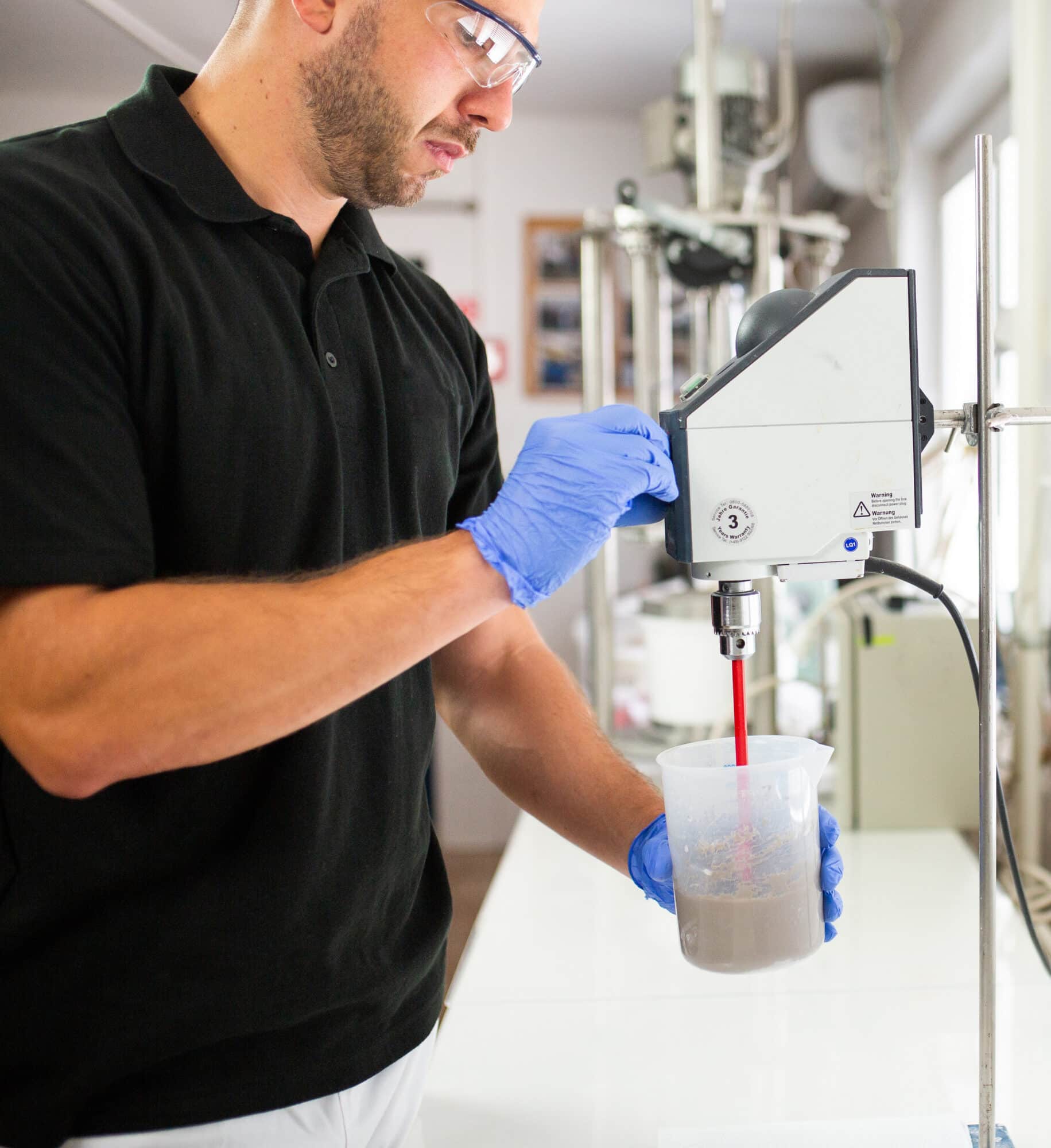Decommissioning

Amentum brings decades of experience to the task of cleaning up the nuclear legacy, drawn from our work at the world’s most complex sites.
Underpinned by our research and development base, practical technology and an unrelenting safety ethos we bring practical, cost-effective solutions that are both technically and commercially innovative.
Our global Tier 1 experience includes:
- More than 50 years’ experience at Sellafield, Europe’s most complex nuclear site, where we are Programme and Project Partner for Engineering Design;
- Client-side Project Management Unit (PMU) for the decommissioning of Ignalina units 1 and 2 in Lithuania, including the Interim Spent Fuel Storage Facility.
- Short-term safety upgrades to the three surviving reactors at Chornobyl NPP’s units 1, 2 and 3 in Ukraine, followed by project management support for reactor decommissioning, the Liquid Radwaste Treatment Facility and the Interim Spent Fuel Storage Facility.
- Program management support for Tokyo Electric Power Company to assist with the decommissioning and restoration of the Fukushima NPP site in Japan.
Our teams provide innovative, safe and cost-effective solutions for decontamination, dismantling, deactivation and demolition of high-hazard plants and sites. We combine safety case management, environmental and radiological consultancy, and health physics support with our core engineering capabilities.
We are experienced in the decommissioning requirements of regulatory bodies across the globe and can develop comprehensive plans that enable our customers to meet regulatory requirements cost-effectively.
We provide solutions for waste characterization, minimization and processing through to transportation and safe final disposal.
More importantly, we believe that waste management must be an integral part of the decision making, planning and execution processes for decommissioning, because the way waste is managed will determine the amount of benefit that any project can deliver.
We seek out options to divert waste from disposal. Our processes and extensive toolkit are aligned to the waste hierarchy to develop and optimize waste management solutions.
Identifying the various waste streams through early and robust characterization is key to the waste-informed decommissioning approach. We use a comprehensive suite of waste characterization tools and services to tailor these techniques to individual projects and site regulatory requirements.
Our characterization experience includes intrusive sampling operations, fingerprint derivation and in-situ measurements from a range of materials, including reactor bio-shields, concrete, metals, sludges, fuel element debris and ion exchange resins.
We provide consultancy and analysis on environmental management, including remediation of contaminated land. Where on-site analysis is unsuitable, we can provide analysis in our in-house radiochemistry laboratories.
The Data Quality Objectives (DQO) process is a systematic planning approach which is used to establish the project acceptance criteria and create a detailed sample and analysis plan. This determines the quality and quantity of data required, meeting regulatory requirements.
We supported GE Healthcare to decommission and delicense part of a nuclear licensed site in Cardiff, Wales. We developed a statistically robust approach using the DQO process to provide the customer and regulator with confidence that site clearance criteria had been met and wastes were routed correctly. This ensured 95% of waste was sentenced as out-of-scope, minimizing the environmental impact and reducing overall costs.
We use decontamination processes both on and off site, including:
- Surface decontamination by manual wiping and intrusive shot blasting;
- Chemical decontamination such as electro-chemical baths and handheld pads;
- Scabbling, from manual to remotely-operated scabbling equipment for surface removal;
- Strippable coatings used extensively on many of our projects to tie down contamination onto surfaces.
SIAL, our own proprietary encapsulation technology, has been used successfully at nuclear power plants over the past 20 years. It can be used on site, saving the customer significant time and cost by transforming low, intermediate and higher-level radioactive wastes into a much safer solid form which is easier to handle, transport and store. As a geopolymer, it is it can incorporate significantly more waste into the matrix than cement, thus saving disposal costs. Also, the physical characteristics of the final product give it greater compressive strength and resistance to leaching.


